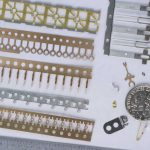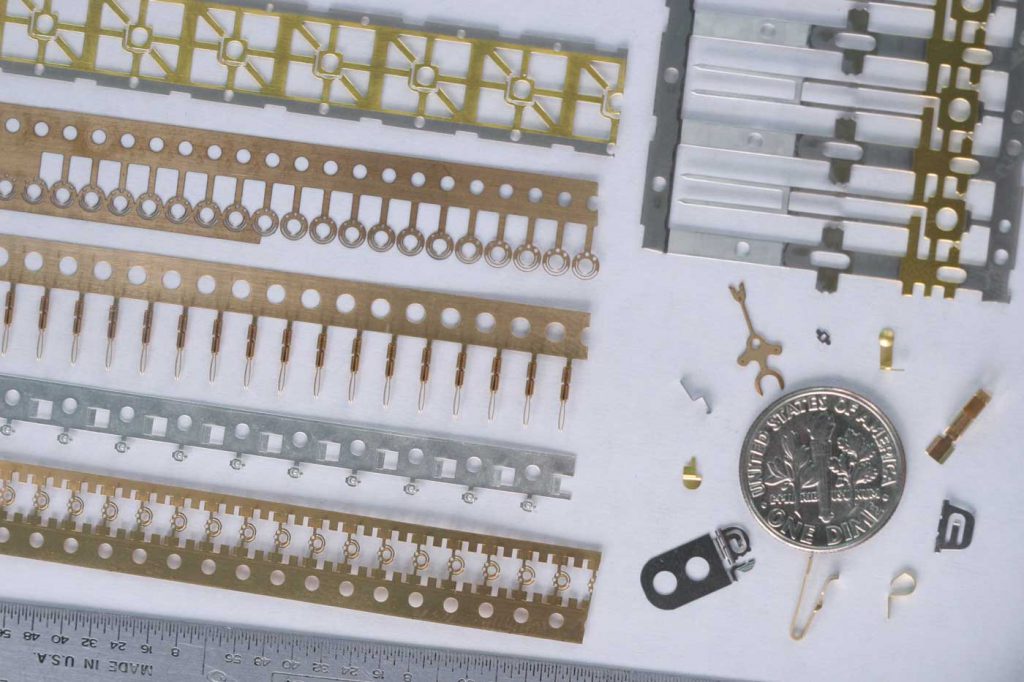 There is quite a lot more to metal stamping than people generally realize. For instance, there are a number of steps needed to create complex metal stamping parts. Even parts that seem simple upon a cursory glance often need more than a single stamping step in order to be fully finished.
There is quite a lot more to metal stamping than people generally realize. For instance, there are a number of steps needed to create complex metal stamping parts. Even parts that seem simple upon a cursory glance often need more than a single stamping step in order to be fully finished.
There’s often a lot of confusion when determining which process is necessary for metal stamping. When chosing a metal stamping process, you should think about the following:
• How is the stamping process going to alter how well the design functions?
• What are the requirements of the design from an industry standpoint?
• How can you be most effective with the time and cost of the process?
Typical Metal Stamping Processes
There are 9 common processes used in the stamping of metal parts. (Please note this disregards earlier steps like the initial design and the prototype phase.) Here’s a basic overview:
1 – Blanking
When necessary, blanking will be the first step in a stamping process. Blanking takes large sheets of metal and cuts them into smaller pieces that are easier to manage. Blanking is generally used whenever a stamped metal piece has to be formed or drawn.
2 – Piercing
When a part needs cutouts like holes or slots, piercing should be used. Piercing can be done at the same time as blanking, and it punches whatever shape you need out of a sheet of metal.
3 – Drawing
Drawing refers to the stamping procedure itself. If the depth of a punched part is less than its opening, you get shallow driving, whereas deep drawn stamping happens when there’s more depth.
4 – Bending
Bending essentially explains itself. As the part is being worked on, it gets put on a special die before a ram pushes into the metal to bend it. Bending takes place after drawing; trying to punch a piece of metal that was already bent will lead to irregular shapes.
5 – Air Bending
Air bending accounts for bends that are given to flat surfaces by punched dies. The shape is usually a “V” configuration. The space between the die and the punch is greater than the thickness of the metal, leaving you with a bend that gives a little upon release of the part. Air bending requires less pressure and power than other types of bending.
6 – Bottoming & Coining
Bottoming and coining are additional types of bending. They leave a more permanent result thanks to the use of more pressure.
7 – Forming
Forming is yet another bending process similar. It is not too dissimilar from bottoming and coining. With forming, you can create parts that bend in multiple places despite only using one step for the result.
8 – Pinch Trimming
Pinch trimming cuts pieces from metal sheets by way of separation. This is somewhat unusual in that metal has to be pinched against flat surfaces at a vertical angle. The most common application is in cutting round cups that are deep drawn.
9 – Lancing
This is another unique one! Lancing cuts metal in order to make tabs or vents. As a part is cut along three edges, it is bent at the same time. This will give you an opening without the need of an additional machining step.
Wrapping Up
As you can see, there are is quite a lot more to metal stamping than one may assume at first. Any given job may use several of the processes listed above, and you will run into a lot of different variations and new situations along the way. There are a lot of intricacies at play when it comes to the stamping process. While each job will certainly have its ideal approach, there isn’t one that is considered better than all the rest on a universal level. Now that you understand the processes a bit more, it will be easier for you to design parts that leave you with a minimal amount of scrap and wasted resources without compromise.







Wow, I never knew that metal stamping has quite a lot of techniques. I especially like the idea of air bending since it uses low pressure to bend metals. It would probably faster if I outsource the metal stamping I would need for a metal sculpture I’m making instead of trying to learn it for myself and potentially mess it up.